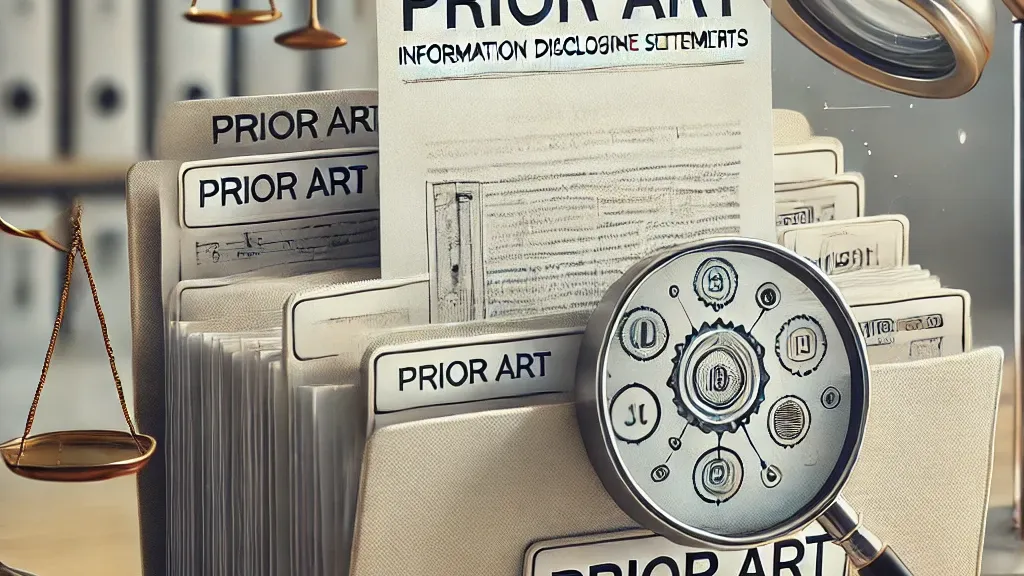A Complete Guide to the New IDS Fee Rules: What Inventors and Practitioners Must Know
The U.S. patent system requires applicants to disclose all known prior art and relevant information through an Information Disclosure Statement (IDS). This ensures the U.S. Patent and Trademark Office (USPTO) can fairly evaluate the novelty and non-obviousness of a patent application. However, recent changes to the IDS fee structure have introduced important implications for inventors, patent attorneys, and companies managing intellectual property portfolios.
This guide outlines everything you need to know about the updated IDS fee rules, including key changes, their impact, and best practices for compliance.
What Is an IDS?
An Information Disclosure Statement (IDS) is a formal submission to the USPTO by a patent applicant that discloses prior art or other information material to the examination of a patent application. This may include:
- U.S. patents and published applications
- Foreign patent documents
- Non-patent literature (articles, research papers, etc.)
Timely and accurate filing of an IDS helps meet the applicant’s duty of disclosure, which is crucial to securing enforceable patent rights.
Why Has the IDS Fee Structure Changed?
The updated IDS fee structure is part of broader efforts by the USPTO to:
- Encourage timely submission of prior art
- Improve examination efficiency
- Align fees with the cost of processing late disclosures
Late submission of references can cause delays and increase the workload on examiners. The new rules aim to mitigate this issue by incentivizing applicants to act promptly.
Key Changes in the IDS Fee Rules
Here are the major updates to the IDS fee framework:
1. Fees Based on Timing
The fees now vary depending on when the IDS is filed in relation to key stages of the patent application process:
- Before First Office Action: Generally no fee if filed within three months of the application’s filing date or national stage entry (for PCT).
- After First Office Action, Before Final Rejection: A fee is required, unless the information was not known earlier and a proper certification is submitted.
- After Final Rejection or Allowance: A fee is required and the IDS may need to be accompanied by a Request for Continued Examination (RCE) or comply with 37 CFR 1.312.
2. Certification Requirements
To avoid paying a fee after the initial window, applicants must certify that:
- The information was first discovered after the initial IDS filing period, and
- It was submitted promptly after discovery (typically within 30 days)
Failure to include the proper certification means the fee must be paid.
3. Size and Format Impact
The USPTO may impose additional charges for large-volume submissions or IDS filings that are not in a preferred format (e.g., not using USPTO-formatted documents like XML or PDF/A). This is to streamline examiner workload.
Practical Implications for Practitioners and Inventors
These changes emphasize the need for:
- Proactive prior art searches: Conduct thorough searches early in the drafting process.
- Timely submissions: Submit all known references as early as possible.
- Workflow coordination: Communicate efficiently between inventors, legal teams, and research departments.
- Accurate certification: Maintain documentation of discovery dates to justify delayed submissions.
For practitioners managing portfolios or global filings, this also means aligning foreign search results with U.S. timelines more carefully.
Best Practices Going Forward
- Front-load prior art: Gather and disclose relevant materials early to avoid late fees.
- Stay updated: Train your team on the new requirements to prevent non-compliance.
- Automate tracking: Use docketing systems or IDS management tools to monitor deadlines and certifications.
- Consult legal counsel: For complex cases involving post-final IDS submissions or large document sets, legal expertise is essential.
Conclusion
The revised IDS fee rules reflect a shift toward encouraging early and efficient disclosure of information during patent prosecution. While the new structure introduces some added complexity, it also offers opportunities to streamline filings and reduce costs—if approached strategically.
For inventors and practitioners, staying informed and adapting your practices accordingly is critical to protecting your innovations and navigating the U.S. patent system effectively.


